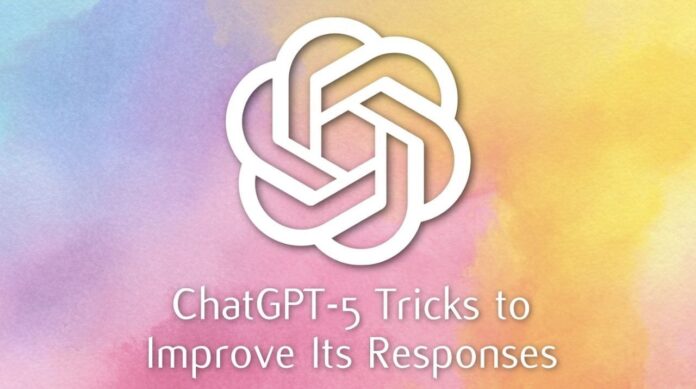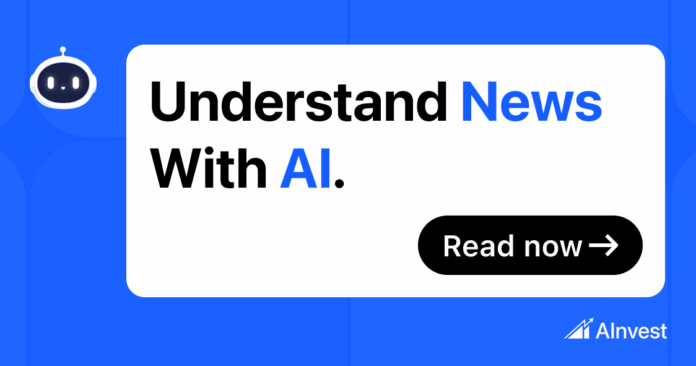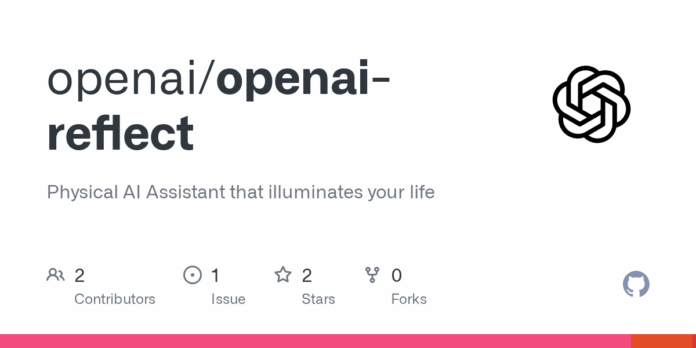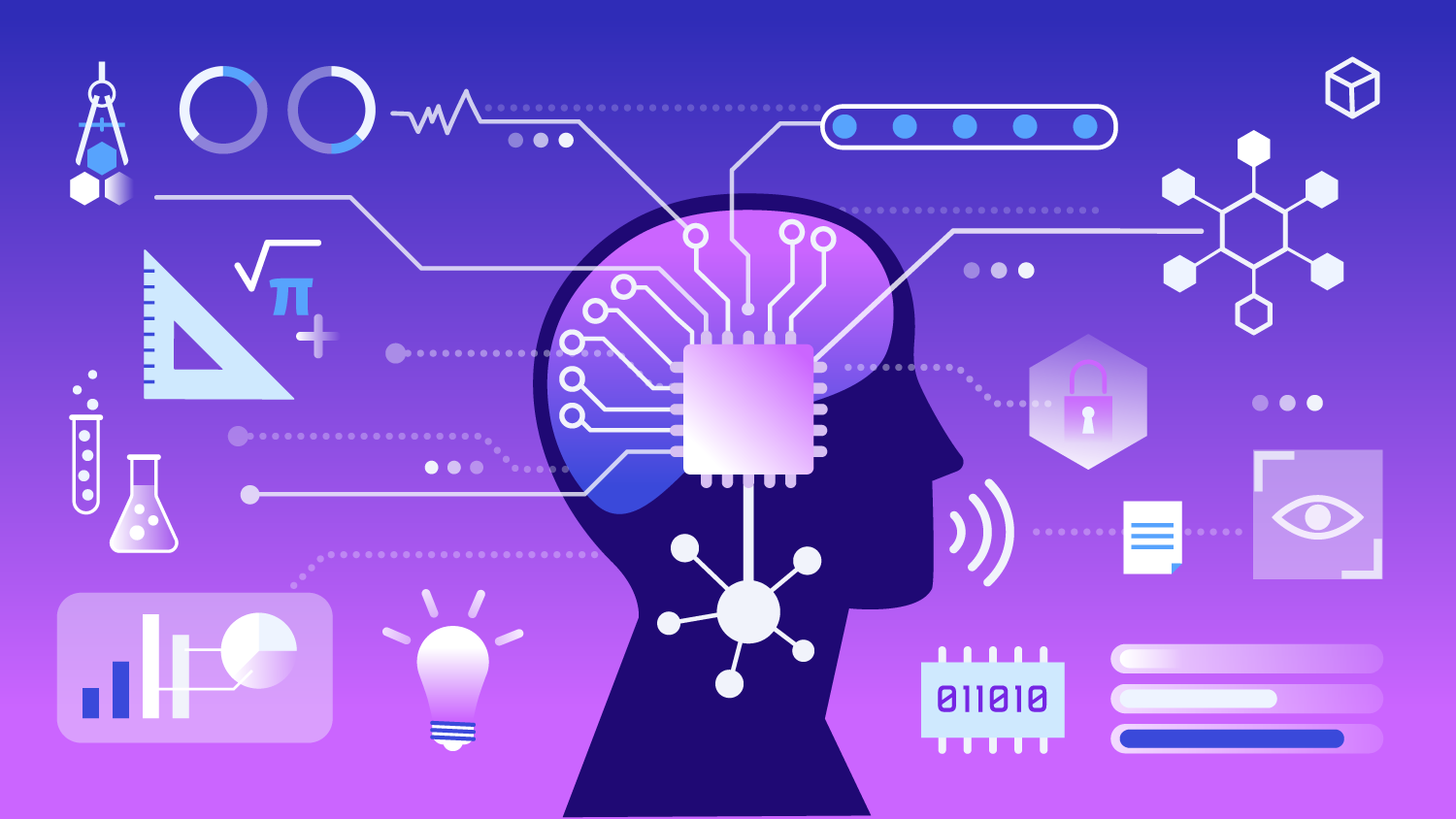Elevate your email testing experience with Mail42! 🚀
Building Mail42 stemmed from the frustrations of managing email flows—complex regex and the hassle of disposable inboxes. I’ve streamlined this process so you can focus on testing, not on parsing.
Key Features:
- Instant Disposable Email Addresses: Generate on-the-fly for seamless QA.
- Natural Language Queries: Easily retrieve essential emails, like OTPs or verification links. Just ask!
- Simple REST API: Integrate effortlessly with tools like curl and Postman.
Example:
bash
curl “https://get.mail42.ai/?email=test.123@mail42.ai&prompt=get otp”
Response: 847291
I’d love your feedback:
- Would you add this to your testing workflow?
- What features would enhance its utility?
- Do you find regex more reliable in some cases?
Check out Mail42 at mail42.ai and share your thoughts! Let’s innovate together! 🔗✨









